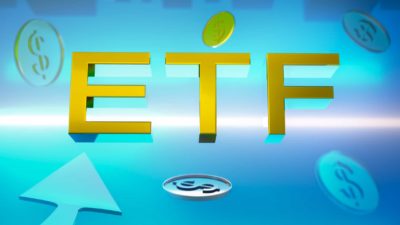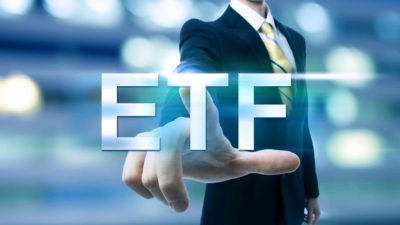The Australian Foundation Investment Co Ltd (ASX: AFI) share price, or AFIC for short, didn't have the best day today. AFIC shares finished at market close trading down by 0.24% at $8.15. That's in stark contrast to the S&P/ASX 200 Index (ASX: XJO), which finished in the green at 0.13%.
AFIC is a listed investment company (LIC) and one of the oldest LICs on the ASX at that. It first started trading way back in 1928.
Like all LICs, AFIC is not a typical company that sells goods or services. It instead functions more like a managed fund, investing its capital into other shares and assets on behalf of its investors.
LICs were around before anyone had ever heard of an exchange-traded fund (ETF). Today, LICs like AFIC compete with ETFs for the dollars of the 'passive investor'. Both vehicles can offer a hands off investing approach to retail investors.
ETFs, especially index funds, have surged in popularity over the past decade or two. Investors love the low fees that ETFs can offer, as well as the 'if you can't beat it, join it' approach an index fund offers investors.
An index fund like the iShares Core S&P/ASX 200 ETF (ASX: IOZ) will always deliver the returns of the S&P/ASX 200 Index (ASX: XJO). As such, investors who choose this ETF never have to worry about 'underperforming the market' since this investment is, for all intents and purposes, the market.
AFIC doesn't have this luxury. Since it doesn't just blindly track the ASX 200 index, it will always be put up against the returns of indexes like the ASX 200.
Why I would choose AFIC over an ASX 200 ETF today
But I think AFIC is still a superior choice to an ASX 200 ETF today. It's not because of fees though. Yes, AFIC 's current management fee of 0.16% per annum is slightly higher than many ASX index funds, For example, IOZ charges a fee of 0.09% per annum.
No, it comes down to sheer performance.
As of 31 July, IOZ units have returned an average of 7.89% per annum over the past five years, and 9.19% per annum over the past ten. Those metrics include dividend distribution returns.
In contrast, AFIC shares have returned an average of 13% per annum over the past five years (to 30 June 2022), and 13.1% per annum over the past ten. If we take the LIC's net assets per share growth, rather than share price returns, these figures are 8.4% per annum and 10.5% per annum respectively. These returns also reflect dividends.
So as you can see, in both cases, AFIC's returns come in comfortably above those of an ASX 200 index fund like IOZ.
As such, I think AFIC is a superior investment choice for a passive investor, and I would prefer to use AFIC rather than an index ETF for this purpose today.









